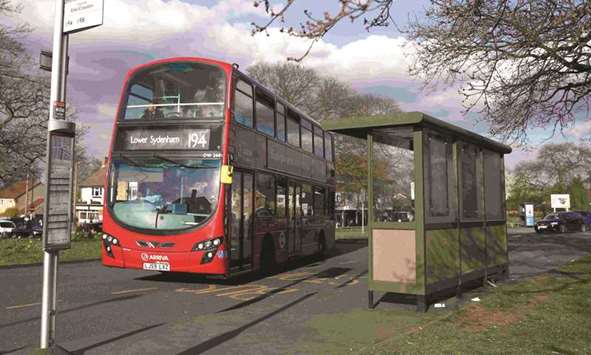Leaked Transport for London (TfL) plans to cut bus routes connecting the outskirts of the city with the centre will disproportionately affect working-class people, a transport watchdog has said.
More than 30 TfL bus services will be reduced, including longer routes from the south-east to west London, some of which are more than an hour long end to end, including the 53, 171 and 172.
The proposals to “reduce bus flows” come amid financial concerns after day-to-day funding was cut entirely in 2015 by the then chancellor George Osborne, and the strain of a four-year fare freeze from London mayor Sadiq Khan.
Tim Bellenger, the director for policy and investigation at London TravelWatch, said: “The price of privately rented accommodation and benefit changes mean low-paid workers are having to move further out of London, but many of them still work in zones 1 and 2.
“Their choices are to either spend a significant amount of their wages on travel costs or they have to spend an awful lot of time travelling on a bus.”
He added: “We are concerned about the impact on low-paid workers, the elderly and people with reduced mobility of having to take interchange buses.”
The cuts in London follow others across the country, putting pressure on those who rely on the bus service.
Following a warning from the Local Government Association (LGA) that the funding gap for councils in England is expected to exceed £5bn by 2020, a study by Sheffield University and the Joseph Rowntree Foundation (JRF) revealed earlier this month that unreliable and unaffordable transport is cutting off disadvantaged families in the north of England from crucial job opportunities.
Figures from the BBC’s shared data unit released earlier this year revealed 8mn miles of bus routes had been cut in Greater Manchester, where buses are the most popular form of public transport.
In London, the standard cost of a bus journey is £1.50, with no extra charge for a second journey if it is taken within the same hour.
A single adult tube fare is £2.40 with a contactless payment card, or £4.90 without, while train journeys are often higher.
The writer Bridget Minamore tweeted that the cuts were “an attack on the working classes + I’m not accepting any different”.
TfL has already reduced the regularity of services in southeast London, particularly on night buses.
Pockets of the area have some of the cheapest rents within inner London, although most are not near a tube station.
A report from London Travelwatch in 2015 said that the average London worker needed to work for 44 minutes to pay for their daily commute.
It also reported that the cost of travel was one of the main factors affecting the route chosen by one in four people commuting from outer London to zone 1, ahead of speed or convenience.
Geoff Hobbs, TfL’s director of public transport service planning, told the London news website 853: “As set out in the mayor’s transport strategy, we’re currently looking at how we can adjust and reorganise the bus network to ensure it reflects a rapidly changing London, including planning for year-on-year increases in bus kilometres in outer London.
“We need to modernise and simplify the network and ensure that bus capacity is in the right places at the right times.”

Longer routes from southeast to west London are included in the 30 TfL services being reduced.


